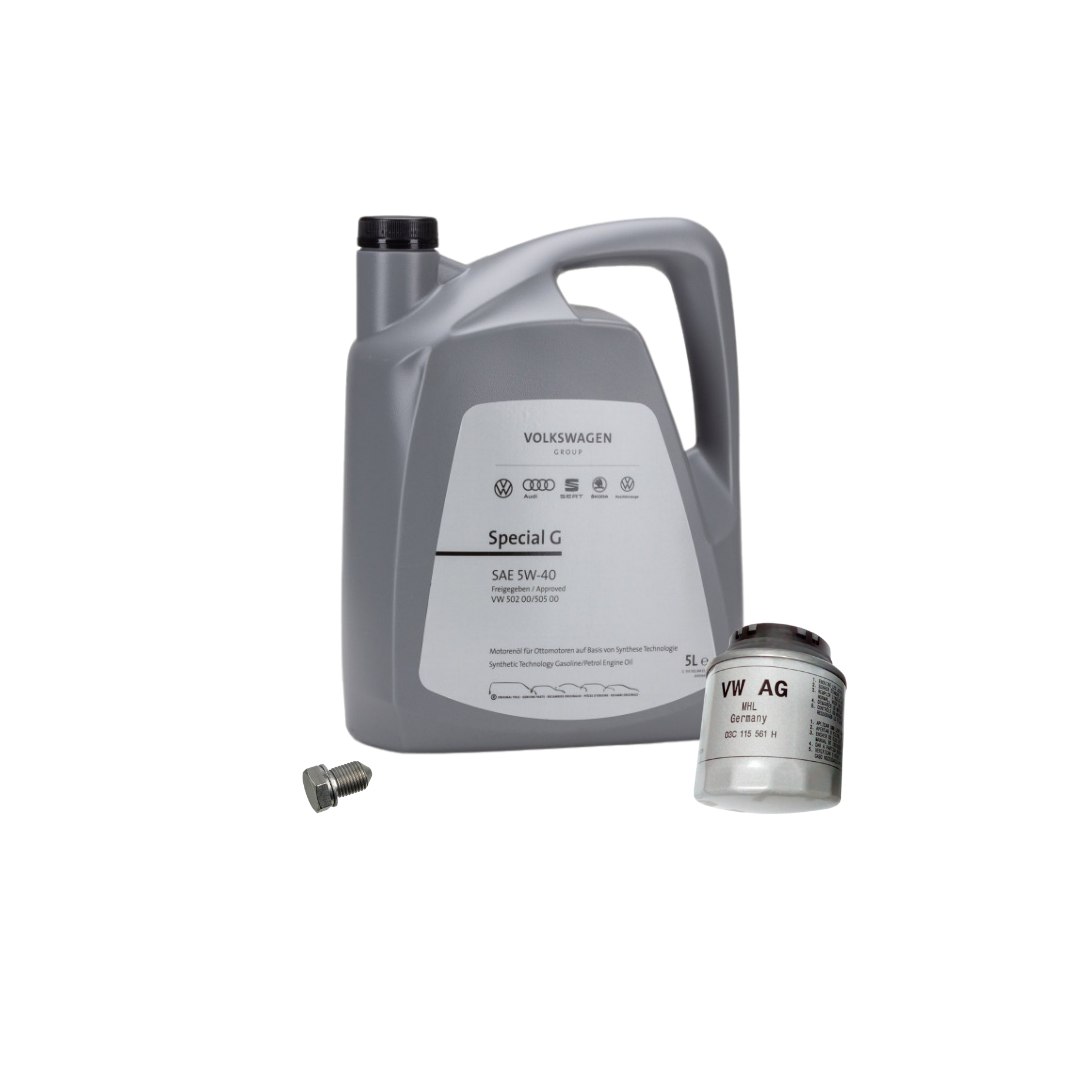How a Clp Engine Can Improve Performance in Different Industries
The advent of CLP engines notes a significant change in operational effectiveness across numerous industries, driven by their ability to maximize fuel consumption and lessen downtime. Industries such as manufacturing and logistics stand to gain substantially from their robust layout and constant power output, which promise to improve operations and enhance productivity. As organizations significantly focus on sustainability together with effectiveness, the duty of CLP engines becomes much more critical. What stays to be seen is just how these improvements will shape the future landscape of commercial operations and their impact on wider financial patterns (clp engine).
Overview of CLP Engines
CLP engines, or Constant Fluid Propellant engines, stand for a significant development in propulsion innovation, especially for room applications. These engines make use of a constant feed system that permits the sustained expulsion of propellant, bring about boosted effectiveness and performance contrasted to standard solid or hybrid propulsion systems. By maintaining a consistent circulation of liquid propellant, CLP engines can achieve more precise thrust control, which is essential for maneuvering spacecraft in various objective scenarios.
The design of CLP engines incorporates sophisticated products and ingenious gas administration systems. clp engine. This results in lowered weight and increased reliability, crucial aspects for long-duration space goals. Additionally, the continual operation decreases the risk of burning instability, a common obstacle in traditional rocket engines.

Advantages in Production
The production of Continual Fluid Propellant (CLP) engines offers numerous remarkable benefits that boost both efficiency and cost-effectiveness. One of the primary benefits is the streamlined production process, which reduces the intricacy connected with typical propulsion systems. By making use of fluid propellant, makers can accomplish higher precision in engine performance, leading to maximized power outcome and decreased waste.
Furthermore, CLP engines help with a higher level of modularity, permitting for much easier combination into various production lines. This flexibility can significantly decrease preparations and enhance total operational flexibility. The usage of CLP innovation also has a tendency to reduce the need for extensive upkeep due to less moving components, which equates into lowered downtime and functional expenses.

Applications in Logistics
Leveraging Continual Fluid Propellant (CLP) engines in logistics supplies significant advantages in operational performance and integrity. These engines give a durable remedy for numerous transport demands, making it possible for the smooth motion of products throughout vast distances. The inherent design of CLP engines allows for regular power result, which equates into smoother and much more predictable transportation timetables.
Among the key applications of CLP engines in logistics is in sturdy products transport, where they can drive both ground and airborne vehicles. Their capacity to maintain high performance under differing load conditions makes sure clp engine that delivery timelines are met, therefore improving client fulfillment. Furthermore, CLP engines can be integrated right into automated logistics systems, assisting in real-time tracking and maximizing course planning.
In addition, the durability of CLP engines lowers maintenance downtime, allowing logistics firms to maximize their functional capacities. This is especially helpful in warehousing operations, where performance in managing and carrying items is essential. As logistics continues to evolve, the assimilation of CLP engines represents a forward-thinking approach that not just improves efficiency but likewise discover this info here supports the sector's growing needs for reliability and rate.
Effect On Power Efficiency
Just How do Constant Liquid Propellant (CLP) engines boost energy performance in transport? CLP engines use a constant flow of liquid gas, enhancing combustion procedures and preserving a stable drive result. This layout lessens energy losses associated with typical combustion engines, where fuel distribution can vary and bring about ineffectiveness.
The constant procedure of CLP engines enables a more reliable thermal cycle, causing greater particular impulse compared to conventional engines. clp engine. This converts to decreased gas usage for the exact same quantity of work done, significantly lowering operational prices throughout various transport industries, consisting of aviation and maritime markets
Moreover, the capacity of CLP engines to preserve optimal efficiency under differing tons conditions minimizes the need for regular velocity and slowdown, further enhancing fuel performance. Boosted power performance not just adds to set you back savings however additionally results in decrease greenhouse gas emissions, aligning with global sustainability objectives.
Future Trends and Innovations
Arising innovations in Continual Fluid Propellant (CLP) engine innovation pledge to reinvent the landscape of transport performance and sustainability. As markets pivot towards greener options, CLP engines stand at the center, incorporating innovative products and layout techniques that boost efficiency while reducing environmental impact.
One of one of the most encouraging fads is the adoption of hybrid systems that combine CLP engines with renewable resource resources. This harmony can enhance fuel consumption and reduce emissions, aligning with global sustainability goals. Advancements in computational fluid characteristics (CFD) are assisting in the layout of even more aerodynamically effective engines, leading to decreased drag and improved fuel performance.
In addition, the advancement of clever surveillance systems is readied to boost operational efficiencies. These systems take advantage of data analytics and IoT innovation to maximize engine performance in real-time, making sure that the engines operate within their most reliable parameters.
As research study continues to check out different propellant formulations-- such as biofuels and synthetic gas-- the future of Get More Information CLP engines looks promising. By utilizing these technologies, industries can not only boost their efficiency however additionally contribute substantially to a cleaner, extra sustainable future in transport.
Conclusion
In conclusion, CLP engines represent a substantial advancement in effectiveness throughout multiple markets. Their ability to enhance gas consumption and decrease functional prices, combined with a constant feed system, improves power output and operational integrity. The combination of innovative products and fewer relocating components reduces maintenance needs, while placement with sustainability goals positions CLP engines as a crucial modern technology for the future. Proceeded advancement in this area guarantees more improvements in effectiveness and ecological efficiency.